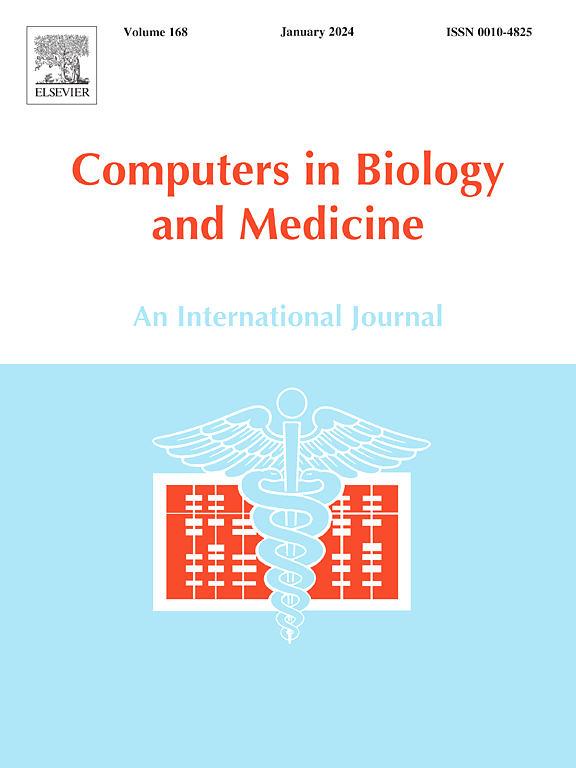Effects of different valve-in-valve positions on the hydrodynamic properties of transcatheter aortic valves
IF 7
2区 医学
Q1 BIOLOGY
引用次数: 0
Abstract
Objective
With the rise of transcatheter aortic valve-in-valve (ViV) procedures for high-risk patients with degenerated surgical aortic valves, precise positioning of the transcatheter heart valve (THV) within the surgical heart valve (SHV) is crucial for optimal functional outcomes. This study aims to explore the impact of implantation depth on functional outcomes post-ViV in a controlled in vitro setting.
Methods
This study focused on the impact of valve positioning on fluid dynamics characteristics and subsequent ViV procedural outcomes. Rigorous in vitro experiments measured the structural parameters of the surgical valves, and based on these, the appropriate Taurus Elite valves were selected for pulse flow testing under simulated conditions of varying heart rates and cardiac outputs. Fluid dynamic evaluations were conducted on Taurus Elite THVs in sizes 21, 23, 26, 29 mm and SHVs from two brands: Hancock II (Medtronic, USA) and BalMedic (Balance Medical, China) across a range of diameters. In-depth analysis was performed at a cardiac output (CO) of 5 L/min and heart rate (HR) of 70 bpm, focusing on key metrics such as transvalvular pressure gradient (TVPG), effective orifice area (EOA), and total regurgitation fraction (TRF) at implantation depths of −2.5, 0, 2.5, and 5 mm to gain insights into the dynamic interaction between THV placement and hemodynamic performance. Anchoring force tests were also conducted for SHV-THV combinations at −2.5 and 0 mm depths to ensure safety of implantation.
Results
Significant differences were observed in TVPG, EOA, and TRF across various SHV brands and sizes, emphasizing the importance of THV positioning. Specifically, Taurus Elite23 demonstrated superior TVPG performance at various depths compared to Taurus Elite21, indicating a better match with BalMedic19 and Hancock II21, especially at implantation depths ranging from −2.5 to 0 mm. Taurus Elite29 showed the lowest TVPG across all tested depths, making it the preferred choice for BalMedic25 and Hancock II27. These findings highlight the importance of selecting the appropriate THV model and determining the optimal implantation depth for different SHVs.
Conclusions
In different surgical valves, both the model and implantation depth of the interventional valve can affect its hemodynamic performance and valve opening-closing morphology. The recommended implantation of the interventional valve as shallowly as possible in this study has guiding significance in clinical valve-in-valve surgeries.
求助全文
约1分钟内获得全文
求助全文
来源期刊

Computers in biology and medicine
工程技术-工程:生物医学
CiteScore
11.70
自引率
10.40%
发文量
1086
审稿时长
74 days
期刊介绍:
Computers in Biology and Medicine is an international forum for sharing groundbreaking advancements in the use of computers in bioscience and medicine. This journal serves as a medium for communicating essential research, instruction, ideas, and information regarding the rapidly evolving field of computer applications in these domains. By encouraging the exchange of knowledge, we aim to facilitate progress and innovation in the utilization of computers in biology and medicine.
 求助内容:
求助内容: 应助结果提醒方式:
应助结果提醒方式:


